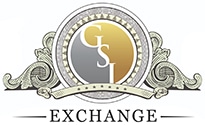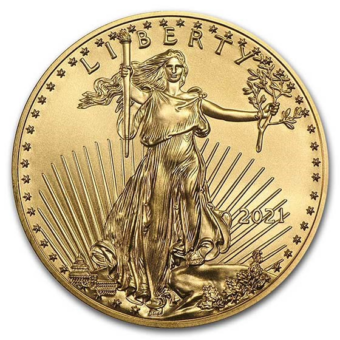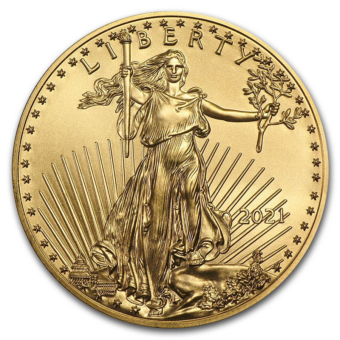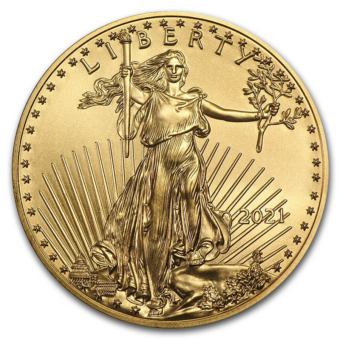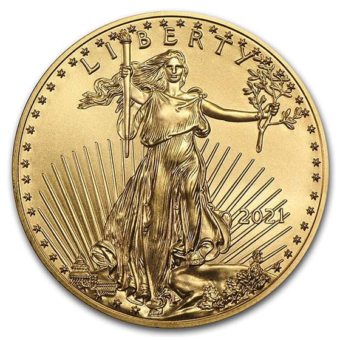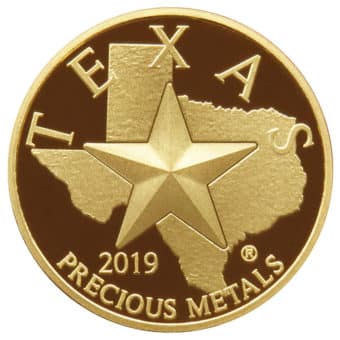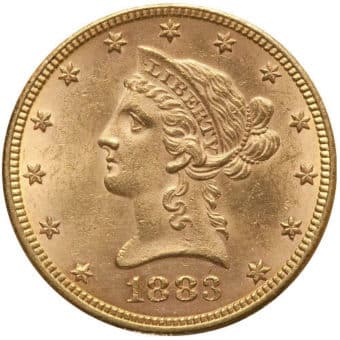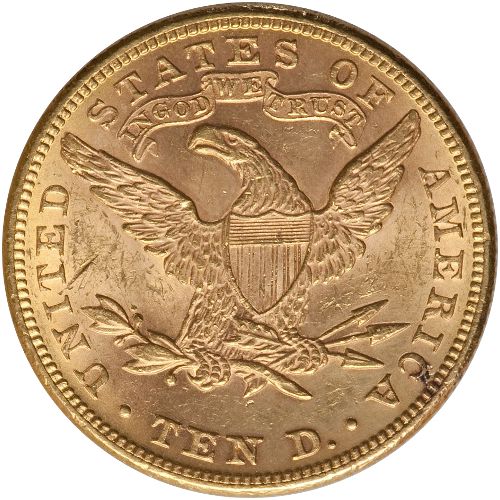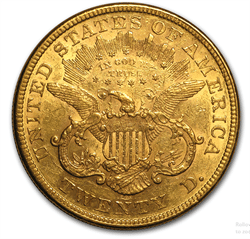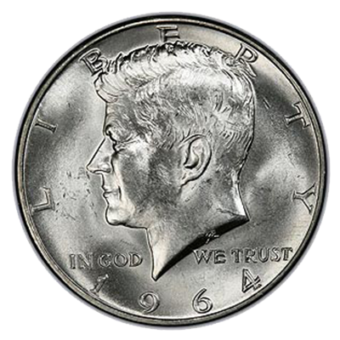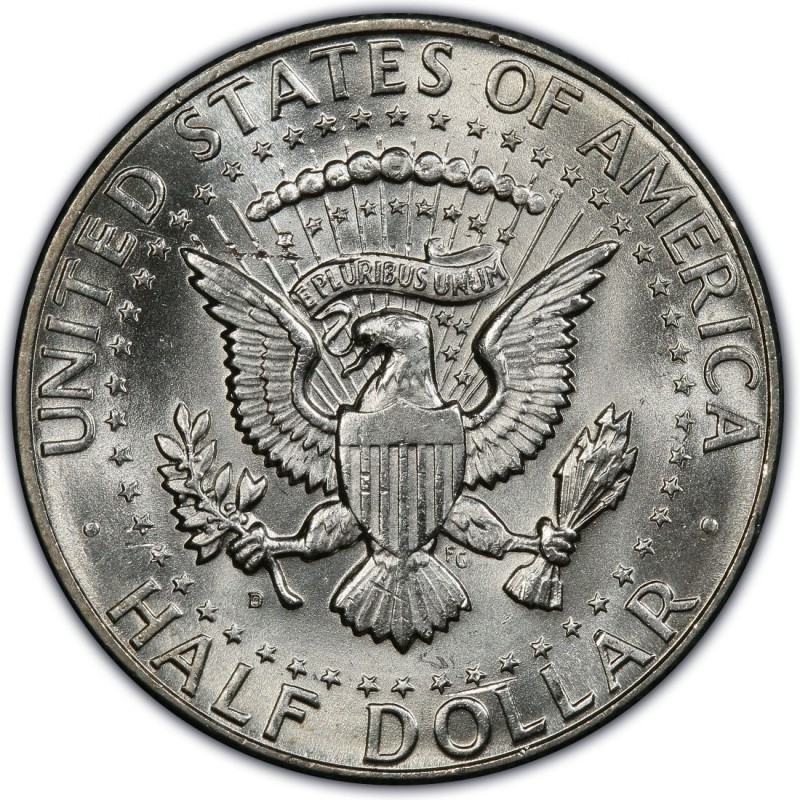Monday - 8.18.25: Gold held steady Monday, up $1.50 at $3,420.00, while silver slipped $0.229 to $38.83 in quiet late-summer trade. Markets continue digesting Fed Chair Powell’s Friday signal of a possible September rate cut, though divisions within the Fed and lingering inflation concerns temper expectations.
Tuesday - 8.19.25: Gold climbed $16.50 to $3,434.20 Tuesday, a two-week high on safe-haven demand after President Trump moved to fire Fed Governor Lisa Cook, a move she is contesting. Silver slipped $0.028 to $38.69, while global markets showed mild unease, with stocks softer overseas, Treasury yields ticking higher, and the dollar weakening.
Wednesday - 8.20.25: Gold inched $3.00 higher to $3,436.00 Wednesday, erasing earlier losses on mild safe-haven demand tied to political pressure on the Fed, while silver slipped $0.146 to $38.465. Markets are bracing for Nvidia’s earnings report, a potential volatility trigger across stocks, commodities, and broader financial markets.
Thursday - 8.21.25: Gold hit a three-week high and silver a five-week peak Thursday, lifted by technical buying and a weaker U.S. dollar. December gold rose $12.60 to $3,461.30, while September silver gained $0.232 to $38.95. A revised U.S. Q2 GDP reading of 3.3%—slightly above the initial 3% estimate—had little effect on metals trading.
Friday - 8.22.25: Gold and silver slipped in early U.S. trading Friday, with December gold down $7.90 at $3,466.40 and September silver off $0.205 at $38.99, as traders awaited key inflation data from the July PCE index (expected at 2.6% headline, 2.9% core). Fed Governor Christopher Waller signaled support for a September rate cut and possible further easing over the next six months, citing rising labor market risks. Meanwhile, global markets were mixed, U.S. stocks pointed lower, and geopolitical tensions flared as Brazil moved toward retaliating against U.S. tariffs and China quietly sought to improve ties with India.
Core Inflation Climbs to 2.9%, Highest Since February
The Big Picture
The Fed’s preferred inflation gauge—the core PCE index—rose to 2.9% in July, its highest since February, signaling persistent price pressures. Consumer spending and incomes both grew, showing households remain resilient despite higher costs. For the Fed, the challenge remains balancing sticky inflation with rising risks in the labor market.
At the same time, gold is holding above $3,400/oz, showing resilience as investors anticipate lower real rates if the Fed cuts in September.
What’s Happening
- Inflation: Core PCE rose 2.9% YoY, 0.3% MoM; headline PCE increased 2.6% YoY, 0.2% MoM.
- Consumption: Spending up 0.5%, incomes up 0.4%, matching forecasts.
- Fed signals: Governor Waller supports a September cut, potentially larger if labor data weaken.
- Gold: Spot at $3,411/oz (−0.15%), steady despite inflation. Analysts see falling real rates boosting demand.
Why It Matters
Sticky inflation keeps the Fed under pressure, but weak labor data could still drive cuts. For investors, this mix favors gold’s upside: inflation paired with expected easing reduces real yields, strengthening bullion even as the dollar faces headwinds.
The Bottom Line
Core inflation remains above target, but markets are betting on Fed easing in September. That path may unsettle bonds and equities—but for gold, holding firm above $3,400, the setup looks constructive as policy shifts toward lower rates.
September Fed Rate Cut Will Impact Gold And The U.S. Dollar
The Big Picture
Federal Reserve Chair Jerome Powell signaled at Jackson Hole that a rate cut is likely in September, citing rising risks to employment even as inflation pressures remain visible. The Fed is walking a tightrope: tariffs are pushing prices higher, while labor markets are showing cracks. The outcome will directly affect gold and the U.S. dollar—lower rates weaken the greenback and boost bullion.
What’s Happening
- Powell’s remarks: Risks to employment are growing, and tariffs are fueling inflation. Powell acknowledged policy may need to shift quickly if job losses accelerate.
- Fed division: Some policymakers want multiple cuts this year, others prefer holding steady, while centrists back a cautious “move and wait” approach.
- Market reaction: Powell’s speech lifted equities from a slump and supported bond prices. Economists like Deutsche Bank’s Matthew Luzzetti see a September cut with further action dependent on incoming data.
- Policy backdrop: The Fed slashed rates by a full point last fall but has stood pat this year. Inflation remains elevated at 2.7%, above the 2% target.
- Internal split: Fed voices range from dovish (Michelle Bowman, Christopher Waller) urging immediate cuts, to hawkish (Beth Hammack, Jeffrey Schmid) warning of inflation risks. A centrist camp prefers a small September cut followed by reassessment.
By the Numbers
- Inflation (July): 2.7% vs. 2% Fed target
- Fed policy last fall: -100 basis points in cuts
- Probability of September cut: High, but size and path uncertain
- Labor outlook: Weak Q2 job growth, rising downside risk to employment
Why It Matters
Lower interest rates generally weaken the dollar and strengthen gold. A “one-and-done” September cut could stabilize markets temporarily, but sustained easing would deepen the dollar’s decline, making gold cheaper for foreign buyers and driving prices higher. The Fed’s internal split underscores how fragile the balance between fighting inflation and supporting jobs has become. Political pressure is also looming large: Powell’s term expires in May, and President Trump is expected to push hard for cuts to keep equity markets propped up, just as he did in his previous term.
The Bottom Line
With inflation sticky and labor markets wobbling, the Fed is preparing to cut rates in September. That shift would likely weaken the dollar and lift gold. Beyond the immediate move, politics may play a decisive role: Trump is poised to install a Fed chair aligned with his agenda, ensuring low rates remain the norm. For investors, the setup favors gold’s upside as dollar headwinds build.
Digital Dollar Coup: Trump’s GENIUS Act, World Liberty Financial & The Fed Be Damned
The Big Picture
Trump isn’t just regulating crypto—he’s turning stablecoins into a weapon to sideline the Federal Reserve and prepare a Treasury-backed digital dollar. With Congress passing the GENIUS Act, stablecoins now have a federal framework, cementing U.S. dollar dominance in digital form. At the center is World Liberty Financial, co-founded by the Trump family, which could become the backbone of this new monetary order.
What’s Happening
Trump’s financial strategy is unfolding on multiple fronts:
- GENIUS Act: Grants stablecoins legal clarity, keeping the world tied to the dollar.
- Treasury Dollar theory: Trump’s push to gut the Fed and politicize rates suggests plans for a Fed-free replacement currency.
- World Liberty Financial (WLF): Family-backed firm controlling USD1 stablecoin and WLFI token, with Trump reportedly holding 60%.
- Expansion: WLF minted $205 million USD1 in August, with total issuance nearing $2.5 billion. Coinbase plans to list USD1.
- Crypto treasury: WLF building $1.5 billion war chest via ALT5 Sigma, where Eric Trump sits on the board.
By the Numbers
- Stablecoins in circulation: $250 billion+ globally, 99% pegged to USD
- USD1 issuance: $2.5 billion (including $205 million in August alone)
- Projected stablecoin market by 2028: $3.7 trillion
- WLF crypto treasury goal: $1.5 billion
Why It Matters
This isn’t decentralization—it’s centralization under Trump’s orbit. If successful, stablecoins could replace Fed-issued notes with a U.S. Treasury dollar controlled through private channels. That means every global transaction could route through rails owned by World Liberty Financial, sidelining the Fed and reshaping global finance. Critics like Rep. Maxine Waters warn of a “dangerous precedent” where a president profits directly from monetary policy.
The Bottom Line
Trump’s stablecoin gambit looks less like regulation and more like a hostile takeover of the monetary system. By empowering WLF and pushing a Fed-free dollar, he’s setting the stage for a parallel financial order. For investors and citizens alike, the implications are staggering: a world where money itself is privatized, politicized, and controlled by those who built the rails.
U.S. Companies Are Going Bankrupt At Levels Not Seen Since COVID
The Big Picture
Corporate bankruptcies in the U.S. surged in July to their highest monthly tally since the pandemic, raising concerns about the underlying health of the economy. High interest rates, tariffs, inflation, and a fragile labor market are all contributing to financial stress, putting 2025 on track to exceed last year’s total filings.
What’s Happening
- S&P Global data: 71 bankruptcy filings in July vs. 66 in June, the highest since July 2020.
- Year-to-date: 446 bankruptcies in the first seven months—the most for this stretch since 2010.
- Sector concentration: Industrial (70) and consumer discretionary (61) companies account for the largest share.
- Major bankruptcies: LifeScan Global, Del Monte Foods, and Genesis Healthcare each filed with over $1 billion in assets and liabilities.
- Comparisons: 2025 could surpass 688 filings in 2024, following 634 in 2023, 373 in 2022, 405 in 2021, and 638 in 2020.
By the Numbers
- Monthly filings (July): 71 (highest since July 2020)
- Total YTD filings (Jan–July 2025): 446
- Sector breakdown: 70 industrial, 61 consumer discretionary
- Recent high-profile bankruptcies: 3 firms with $1B+ in assets/liabilities
- Dollar depreciation: Down 19% since 2020, skewing “large” bankruptcy definitions
Why It Matters
While some experts caution that inflation and corporate structuring inflate the headline numbers, the rise in bankruptcies underscores the strain of higher rates and tariffs on U.S. businesses. Economists warn that restrictive trade and immigration policies are squeezing profits and household purchasing power. Still, corporate resilience remains visible: S&P 500 companies posted 11% EPS growth in Q2, well above expectations.
The Bottom Line
Bankruptcies are rising fast, signaling economic stress even as corporate earnings show surprising strength. With markets eyeing the Fed’s September meeting—where an 81% chance of a 25 bps cut is priced in—the path forward hinges on whether rate relief can ease pressures before defaults accelerate further.
NEXT WEEK’S KEY EVENTS
Economic Calendar: September 1 – September 5, 2025
Monday, Sept. 1
Markets closed – Labor Day holiday
Tuesday, Sept. 2
- 9:45 AM ET – S&P Final U.S. Manufacturing PMI (Aug.)
Final reading on factory activity, a key gauge of industrial strength. - 10:00 AM ET – ISM Manufacturing (Aug.)
Consensus calls for 48.0%; below 50 signals contraction in the manufacturing sector.
Wednesday, Sept. 3
- 9:00 AM ET – St. Louis Fed President Alberto Musalem speaks
Fed commentary could influence market expectations on policy trajectory. - 10:00 AM ET – JOLTS (July)
Job openings measure; July showed 7.4 million, reflecting labor demand. - 1:30 PM ET – Minneapolis Fed President Neel Kashkari speaks
Known for candid views on monetary policy; potential market mover.
Thursday, Sept. 4
- 8:15 AM ET – ADP Employment (Aug.)
Private payroll estimate; prior reading 104,000. - 8:30 AM ET – Initial Jobless Claims (Week Ending Aug. 30)
Weekly labor market pulse. - 9:45 AM ET – S&P Final U.S. Services PMI (Aug.)
Tracks service-sector activity. - 10:00 AM ET – ISM Services (Aug.)
Consensus 50.1%, hovering near the expansion/contraction line. - 10:00 AM ET – Senate Banking Nomination Hearing
Stephen Miran to be considered for Fed governor; political tone may matter for markets. - 12:05 PM ET – New York Fed President John Williams speaks
Remarks could provide Fed outlook hints. - 7:00 PM ET – Chicago Fed President Austan Goolsbee speaks
Later-day commentary adds to Fed watch.
Friday, Sept. 5
- 8:30 AM ET – U.S. Jobs Report (Aug.)
Key labor data; prior 73,000, a critical release for Fed rate expectations.
IMPACT ON PRECIOUS METALS MARKETS
Markets Closed – Labor Day (Mon, Sept. 1)
- No U.S. data; metals may trade on overseas developments and thin liquidity.
S&P Final U.S. Manufacturing PMI (Tue, Sept. 2)
- A stronger PMI signals manufacturing resilience → bearish for gold and silver.
- Weak PMI points to industrial slowdown → bullish for metals as safe-havens.
ISM Manufacturing (Tue, Sept. 2)
- Reading below 50 (forecast: 48.0%) confirms contraction → metals gain on slowdown fears.
- A surprise rebound above 50 would hurt metals as growth expectations firm.
Fed Speeches – Musalem (Wed, Sept. 3), Kashkari (Wed, Sept. 3), Williams (Thu, Sept. 4), Goolsbee (Thu, Sept. 4)
- Hawkish tone (leaning toward tighter policy) pressures metals.
- Dovish tone (signaling caution or rate cuts) supports safe-haven demand.
JOLTS Job Openings (Wed, Sept. 3)
- Higher openings = labor demand strength, bearish for metals.
- Lower openings (July at 7.4M) = softer labor market, bullish for metals.
ADP Employment (Thu, Sept. 4)
- Strong job creation (above 104,000) strengthens dollar, bearish for metals.
- Weak ADP reading raises labor-market concerns, bullish for gold and silver.
Initial Jobless Claims (Thu, Sept. 4)
- Rising claims = labor market weakness → metals up.
- Falling claims = labor resilience → metals down.
S&P Final U.S. Services PMI (Thu, Sept. 4)
- Strong services activity supports growth outlook, bearish for metals.
- Weak reading favors safe-haven buying.
ISM Services (Thu, Sept. 4)
- At 50.1%, right on the edge.
- A dip below 50 signals contraction → metals bullish.
- A stronger rebound signals resilience → bearish for metals.
Senate Banking Nomination Hearing (Thu, Sept. 4)
- If Stephen Miran signals hawkish alignment, metals could come under pressure.
- Dovish leanings or political pushback may lend support to gold and silver.
U.S. Jobs Report (Fri, Sept. 5)
- Strong headline payrolls (well above 73,000) = economic resilience, bearish for metals.
- Weak jobs growth or higher unemployment = slowdown fears, bullish for gold and silver as safe-havens.
